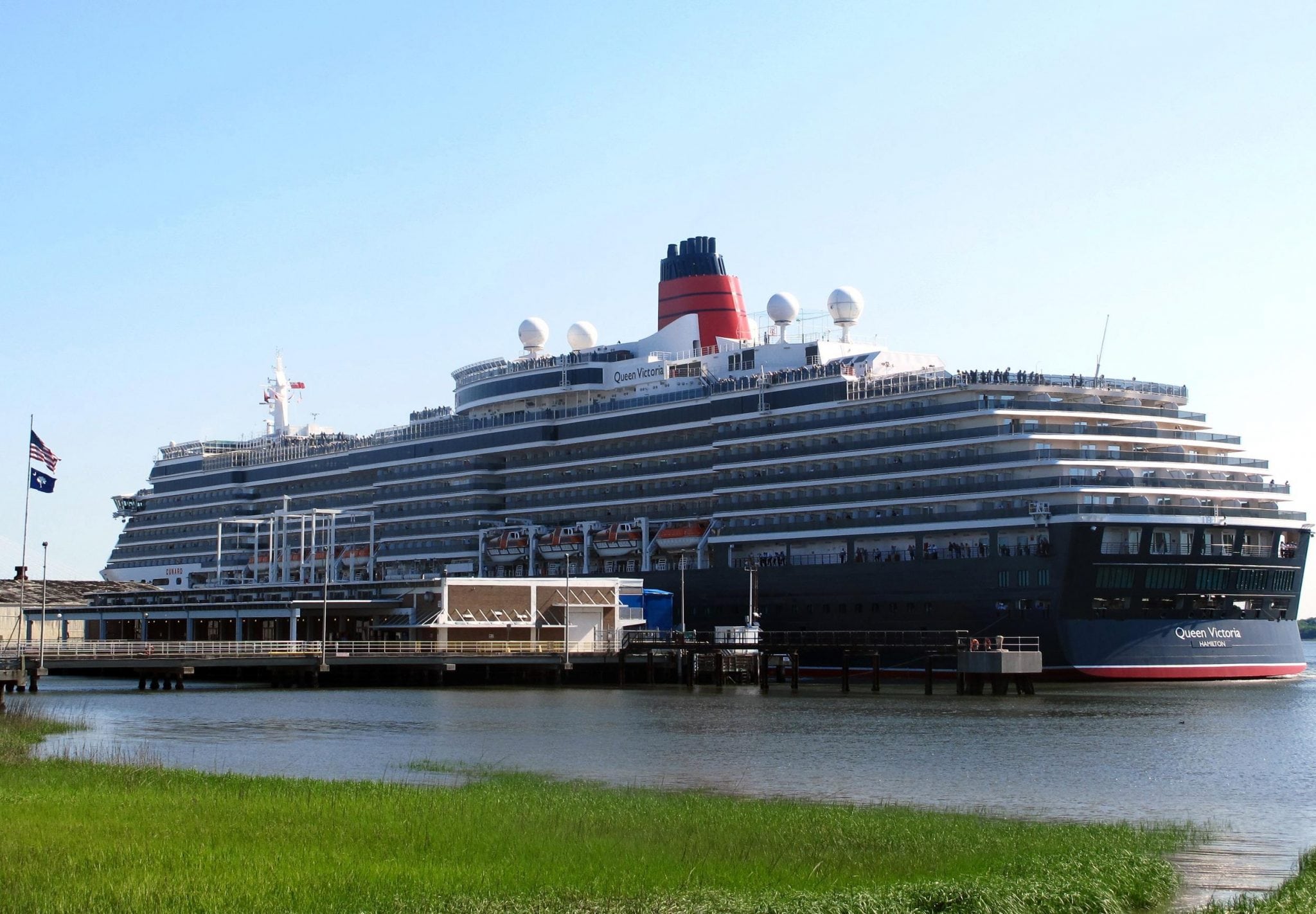Skift Take
Outside of a sports stadium, we can think of few things outside of a cruise terminal which do more to negatively impact the people who live next door in a way that only benefits people who live far away.
Charlestonians don’t take lightly to alterations to their city of historic buildings and quiet gardens.
There have been protracted debates over the designs of buildings including a federal courthouse and the 1980s development of Charleston Place, the hotel and shopping complex largely credited with sparking a revitalization of the downtown business district.
Now there is an ongoing debate over a $35 million passenger cruise terminal. It’s going on six years since the project was first proposed by the South Carolina Ports Authority and a public hearing last Tuesday shows some residents remain deeply concerned.
Opponents of the project have sued in both state and federal courts, and the public hearing was called by U.S. Army Corps of Engineers as it reviews a new federal permit.
The permit is needed to put additional pilings beneath an old waterfront warehouse for the terminal. An initial permit was tossed by a federal judge who said the Corps examined the impact of the pilings on navigable waters but not the larger impact of the terminal on the city.
More than 120 people attended the hearing. One common view seemed to be that while people don’t want to stop cruises, they want the new terminal located elsewhere, not on the edge of the historic district.
Concerns centered on air quality, traffic congestion and massive cruise ships towering next to the city’s low-rise buildings.
Lt. Col. Matthew Luzzatto, the Charleston District engineer for the Corps, said the agency has already received 300 written comments.
The Corps can approve the permit, approve it with conditions or deny it. Denying it would not end cruises in Charleston. They still could continue at a 40-year-old terminal nearby where cruise liners now call.
A sampling of what was on people’s minds:
- City Councilman Mike Seekings said there needs to be electric shore power so liners don’t idle at dock discharging smoke from burning fuel. He also called for enforceable caps on the number of cruise liners to protect what he called “the historic district of the most historic city in North America.”
- While some speakers expressed concern about the soot being released into the air, local resident Erin Mellen said she has worked with the cruise industry for three decades. “I have been at the terminal for many years all day with cruise ships and I have suffered no ill effects,” she said, adding she turned 71 earlier this month.
- Carrie Agnew, the executive director of Charleston Communities for Cruise Control, said not having legally enforceable limits on the number of cruises poses “a threat to the very fabric this city where so many of us live, work and love to visit.”
- Williams Semmes lives near where the new terminal is planned and previously lived near where cruise ships now dock. “I have lived very close to the Carnival Cruise Line and I have not been bothered nor has my family at all by the cruise ships.”
- Charles Duell, who serves on the president’s Advisory Committee on Historic Preservation, warned, “I have never seen a project that had more clearly negative adverse impacts” on an historic area than the terminal project.
![]()
The Daily Newsletter
Our daily coverage of the global travel industry. Written by editors and analysts from across Skift’s brands.
Have a confidential tip for Skift? Get in touch
Tags: charleston, development, south carolina
Photo credit: The cruise ship Queen Victoria calls in Charleston, S.C. After almost six years, the debate continues over a South Carolina Ports Authority application for a permit for a $35 million cruise terminal in downtown Charleston. Bruce Smith / Associated Press
